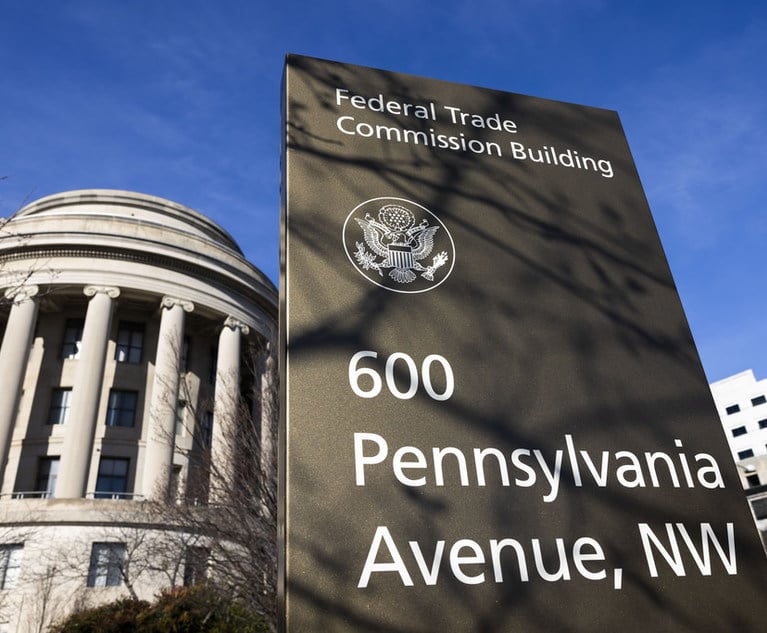 One hundred years after adoption of what is now Article 75 of the New York CPLR and, soon thereafter, passage of the Federal Arbitration Act, the benefits of arbitrating commercial disputes are generally known and widely accepted in the business community.
One hundred years after adoption of what is now Article 75 of the New York CPLR and, soon thereafter, passage of the Federal Arbitration Act, the benefits of arbitrating commercial disputes are generally known and widely accepted in the business community.
Arbitration disputes on average are concluded far more quickly and efficiently than court litigation. A study reported by the American Arbitration Association compared the average duration of arbitrations conducted under AAA auspices with U.S. federal court litigations throughout the United States and concluded: (1) on average, U.S. district court cases took more than 12 months longer to get to trial than arbitration cases took to get to an evidentiary hearing (24.2 months versus 11.6 months); (2) when an appeal was included, U.S. district/circuit court cases on average took more than 21 months longer than arbitration to conclude (33.6 months versus 11.6 months), almost three times longer. Roy Weinstein, Cullen Edes and Nels Pearsall, Efficiency and Economic Benefits of Dispute Resolution through Arbitration Compared with U.S. District Court Proceedings, Micronomics Economic Research and Consulting (March 2017); American Arbitration Association, Measuring the Costs of Delays in Dispute Resolution (Sept. 27, 2017). In a study limited to New York federal courts, the median time from filing a complaint to the beginning of trial was 30.9 months, in contrast to 12.5 months from filing an arbitration demand to issuance of a final award, a difference of 18.4 months. Cases in New York state courts undoubtedly take longer, with an even greater disparity between the length of time for a case to be concluded in New York state trial court versus arbitration. Roy Weinstein, Arbitration Offers Efficiency and Economic Benefits Compared to Court Proceedings, New York Dispute Resolution Lawyer (Fall 2017). In part this difference may be the result of over-crowded court calendars, exacerbated by the current COVID-19 environment.






